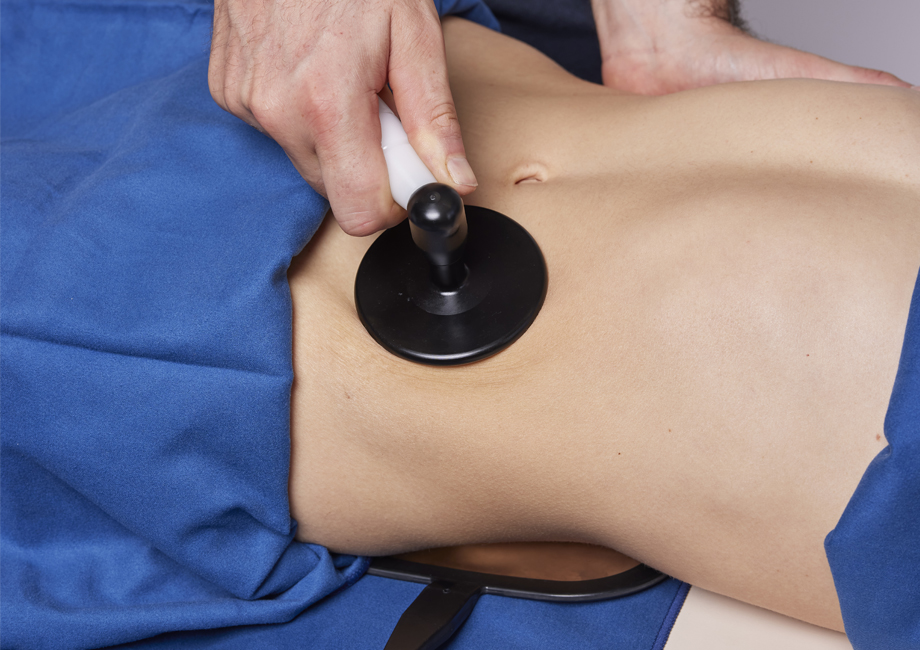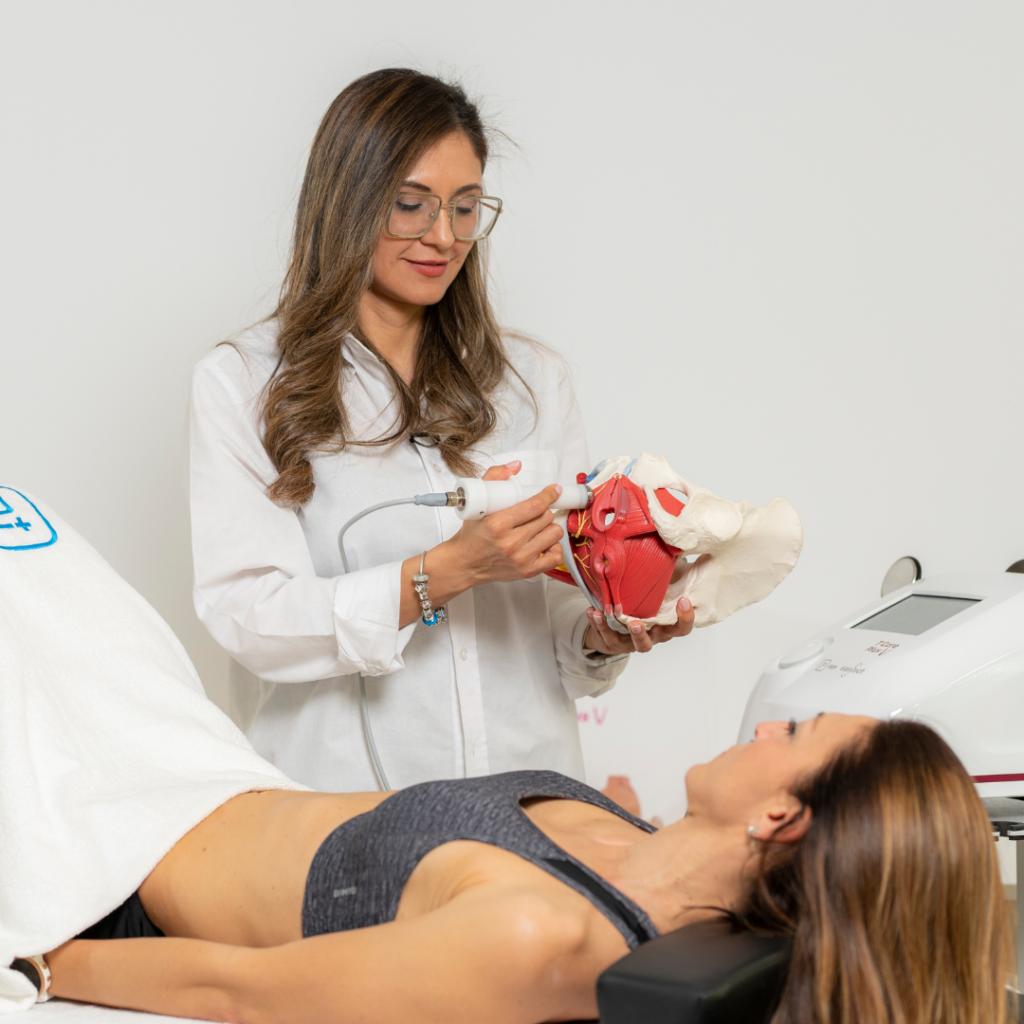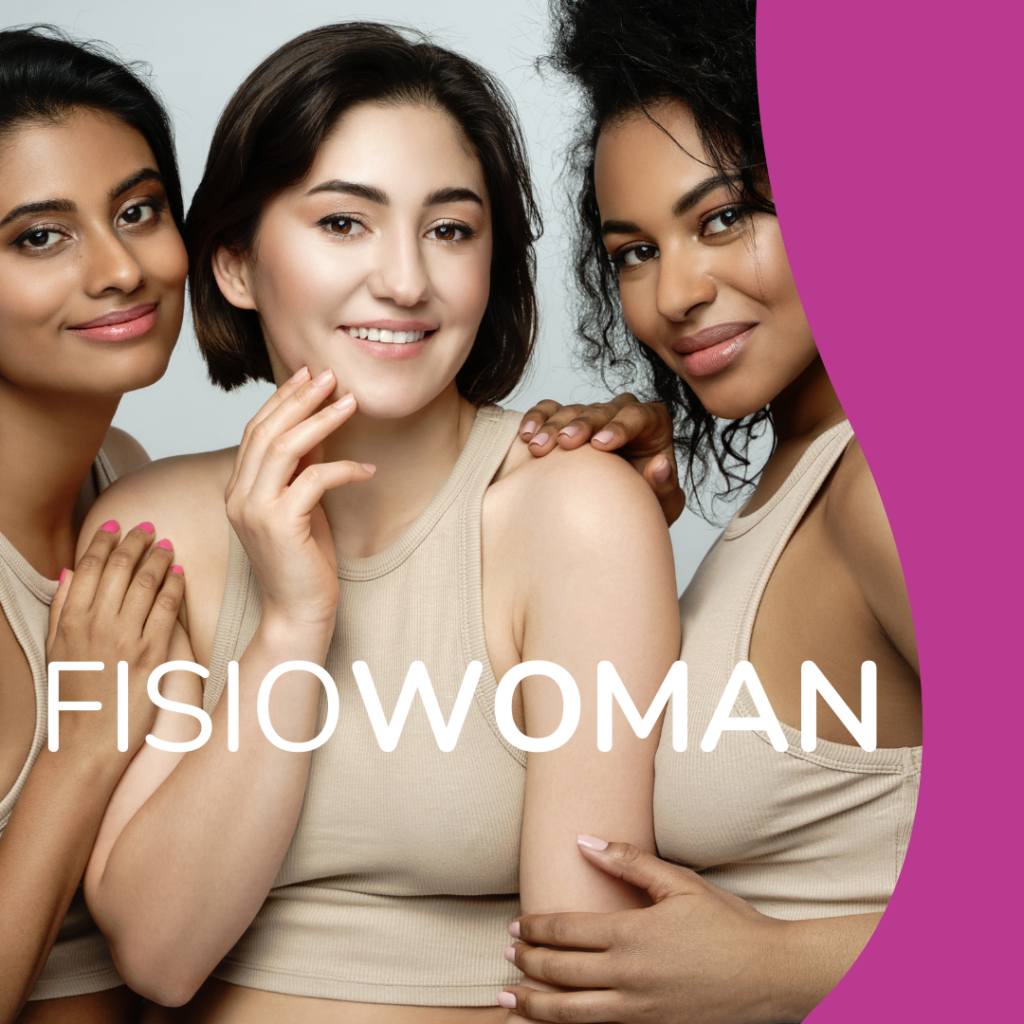
Tecar therapy is a kind of medical therapy that exploits high-frequency electrical currents to generate heat and stimulate the natural repair and anti-inflammatory processes of the tissues.
- The false myth affirming that there is only one efficient frequency
- How to choose the right frequency
- How is frequency tied to treatment depth?
- The 4 Easytech frequencies: 420, 500, 720, 1000 KHz
- How to treat different types of tissues
- Discover tecar therapy with T Care
The false myth affirming that there is only one efficient frequency
Firstly, there is no single fixed ideal or efficient frequency, but what does exist is a field of efficiency for tecar therapy ranging between 400 KHz and 1 MHz.
In fact, working with a fixed frequency diminishes the versatility of application of a treatment. Moreover, even the most sophisticated devices have small margins of error, with tolerances of about +/- 5%. Therefore, saying that we are always working with the same precise frequency is at the very least, inaccurate.
Clinical studies in the field validate the efficiency and the benefits brought about by tecar therapy through the use of various frequencies. However, there are no studies comparing them, as trials would be very difficult to perform on a large enough sample of patients.
How to choose the right frequency
Having more frequencies gives us the chance to be more specific on the area we want to treat.
We can however affirm that frequencies around 500 KHz are the most commonly employed. Lower frequencies (up to 400 KHz) are efficient for in-depth treatments. Higher frequencies (up to 1000 KHz) are instead normally employed for more superficial treatments. In fact, with an increase in frequency, the electric current tends to position itself in the most external area of the conductor that it is piercing through.
How is frequency tied to treatment depth?
In devices such as those made for tecar therapy, high frequency electromagnetic waves, which are tilting waves of energy able to propagate through the tissues of the human body, are employed. Considering the same voltage output, the frequency of the waves is inversely proportional to their length and, consequently, determines their penetration into the tissues.
Low frequencies have a stronger penetration power, therefore they will tend to push the energy charge in a diffused way and more in depth.
Higher frequencies provide instead a more focused energy in a specific area of the body, for a more targeted therapeutic effect on the surface level.
The 4 Easytech frequencies: 420, 500, 720, 1000 KHz
Inside the field of efficiency of tecar therapy, our Research and Development department identified 4 key frequencies to cover all the needs of your treatments on any body district: 420, 500, 720 and 1000 KHz.
By way of example, we see here the area of action of each frequency on the same femoral section.

How to treat different types of tissue
Fibrotic tissues: the best frequency to treat fibrotic or semi-solid tissues, such as ligaments, tendons and joints is the lowest, i.e. 420 KHz.
Deep muscular tissues: the 500 KHz frequency offers a concentric energy action but it is still able to reach in-depth areas such as the source and insertional part of the muscle and the tendon, or even deeper muscle tissues.
Lymphatic, vascular system and fascia: to efficiently cover high density areas of water such as the muscles, fascia, the lymphatic system and the vascular system, the 720 MHz frequency is the most recommended, as it is concentric but slightly more superficial than lower frequencies.
Integumentary system: to treat skin issues and various skin pathologies, dermatofunctional physiotherapy typically employs the 1000 KHz frequency. At this frequency, tecar therapy has a more concentric and superficial action.
Discover tecar therapy with T Care
Discover all our solutions for an efficient tecar therapy, that is also safe and comfortable for the physiotherapist. We remain at your disposal for any inquiry you may have.








